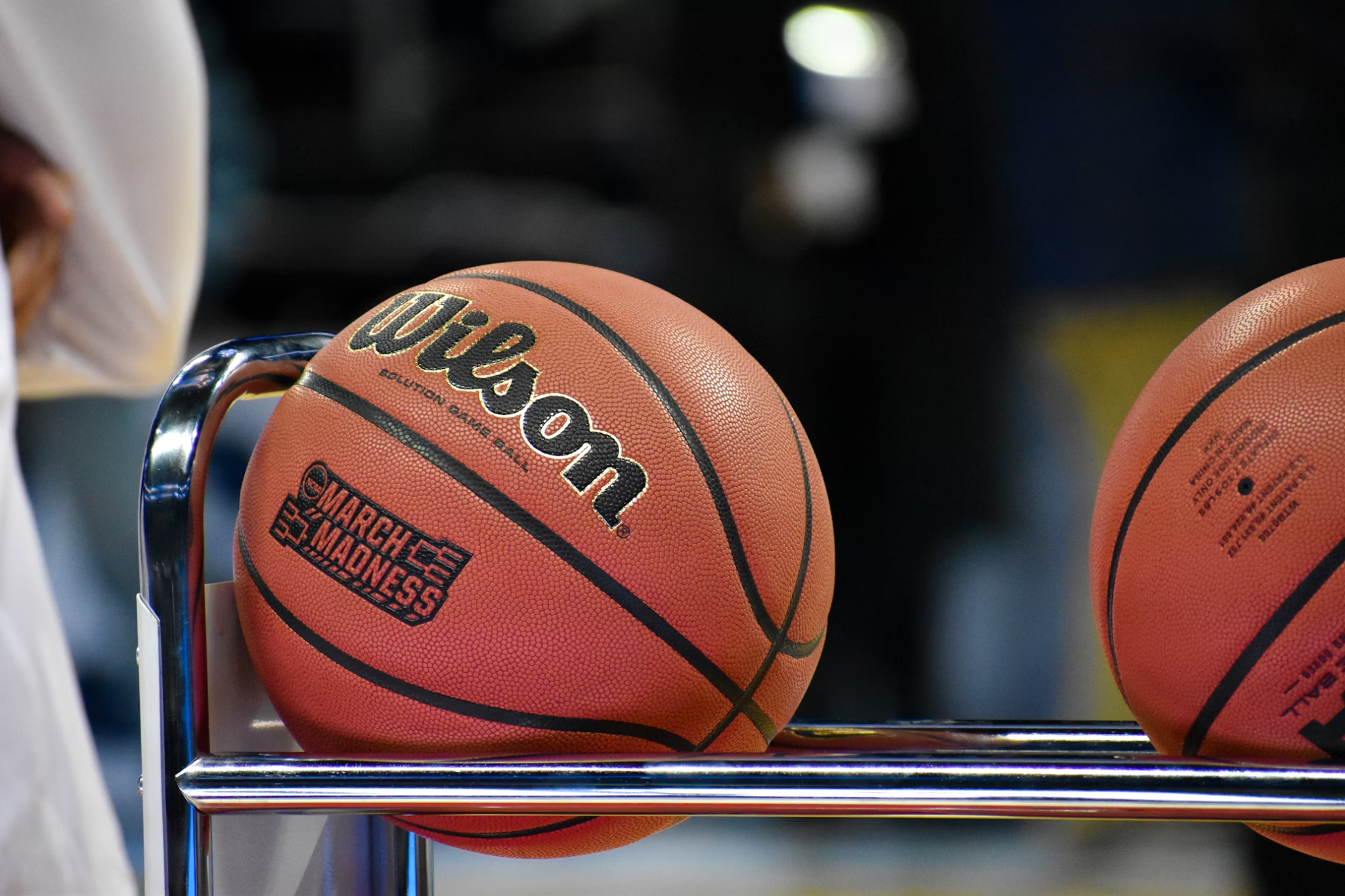
How to Identify College Basketball Teams That Cover the Spread
College basketball games are exciting, but for bettors, the real thrill lies in finding teams that consistently cover the spread. Betting against the spread (ATS) can be tricky, requiring careful analysis and understanding of the teams, their performance trends, and external factors. This article outlines key strategies to help you identify college basketball teams that perform well ATS.
Study Teams’ ATS Records and Trends
A team’s ATS record is often a strong indicator of how they perform relative to oddsmakers’ expectations. A solid ATS record shows that a team consistently beats the spread, making them a reliable betting option. Analyze how a team performs against different opponents, especially under similar conditions. For example, some teams excel as underdogs, while others thrive when favored.
When diving deeper into trends, tools, and platforms that focus on NCAAB statistical analysis can be valuable. These resources provide insights into how teams perform ATS across different scenarios, including home versus away games or matchups against specific opponents. By leveraging this data, you can identify patterns that might not be obvious from simple win-loss records, giving you a more nuanced understanding of a team’s potential to cover the spread.
Trends can also be revealing. Pay attention to recent ATS results, as they may reflect changes in team dynamics, such as improved player chemistry or adjustments in coaching strategy. However, avoid relying solely on short-term trends; combine them with other factors for a comprehensive view.
Evaluate Offensive and Defensive Efficiency
Teams that consistently cover the spread often have strong offensive and defensive efficiency. These metrics, calculated as points scored or allowed per possession, offer a clearer picture of a team’s performance than raw points alone. High offensive efficiency indicates the ability to score effectively, while low defensive efficiency shows the team’s strength in limiting opponents.
Look for mismatches between teams. A high-efficiency offense facing a struggling defense often creates opportunities to cover the spread. Conversely, a strong defensive team can dominate games and keep scores within the spread, even as underdogs.
Assess Coaching Styles and Game Strategies
Coaching styles significantly impact a team’s ability to cover the spread. Some coaches focus on high-scoring games, which may lead to larger spreads, while others emphasize defense and slower-paced play, keeping games closer. Research a coach’s historical performance ATS, especially in different scenarios like conference games, tournaments, or non-conference matchups.
Additionally, consider how a coach adjusts during the game. Effective in-game management can influence the outcome, especially in tightly contested matchups. Teams with adaptive coaching often fare better ATS, as they can counter their opponents’ strategies.
Consider Home and Away Performance
Home-court advantage is a major factor when betting on college basketball, often influencing both performance and point spreads. Teams generally play better at home, supported by familiar surroundings and enthusiastic crowds. However, oddsmakers typically account for this advantage, so it’s important to assess whether a team exceeds expectations at home.
Similarly, evaluate how teams perform on the road. Some teams maintain their competitive edge away from home, making them valuable ATS picks. Pay attention to travel schedules and how fatigue might impact performance, especially during grueling stretches of the season.
Factor in Injuries and Player Depth
Player injuries can significantly alter a team’s ability to cover the spread. Star players missing a game often shift the odds, but less obvious injuries can also play a role. For instance, a missing role player might not affect the point spread much but could disrupt team chemistry or weaken defensive rotations.
Depth is equally important. Teams with a strong bench are better equipped to handle injuries and maintain performance throughout a game. Assess whether a team’s bench players can contribute effectively when starters are unavailable or underperforming.
Analyze Market Perception and Public Betting
Oddsmakers consider public perception when setting spreads, and heavily favored teams often attract public bets regardless of their ATS performance. This creates opportunities for savvy bettors. Underrated teams, overlooked by the public, may offer better value and consistently cover the spread.
Monitor how betting lines move throughout the day. Significant shifts can indicate heavy betting on one side, potentially offering value on the less popular pick. This strategy works best when combined with your analysis of team performance and trends.
Cracking the Code to College Basketball Betting
Identifying college basketball teams that consistently cover the spread requires a combination of statistical analysis, situational awareness, and market understanding. By studying ATS records, evaluating efficiency, considering coaching styles, and factoring in variables like home advantage and injuries, you can make more informed decisions. Remember, betting success comes from thorough research and disciplined strategies, not guesswork or emotion.


